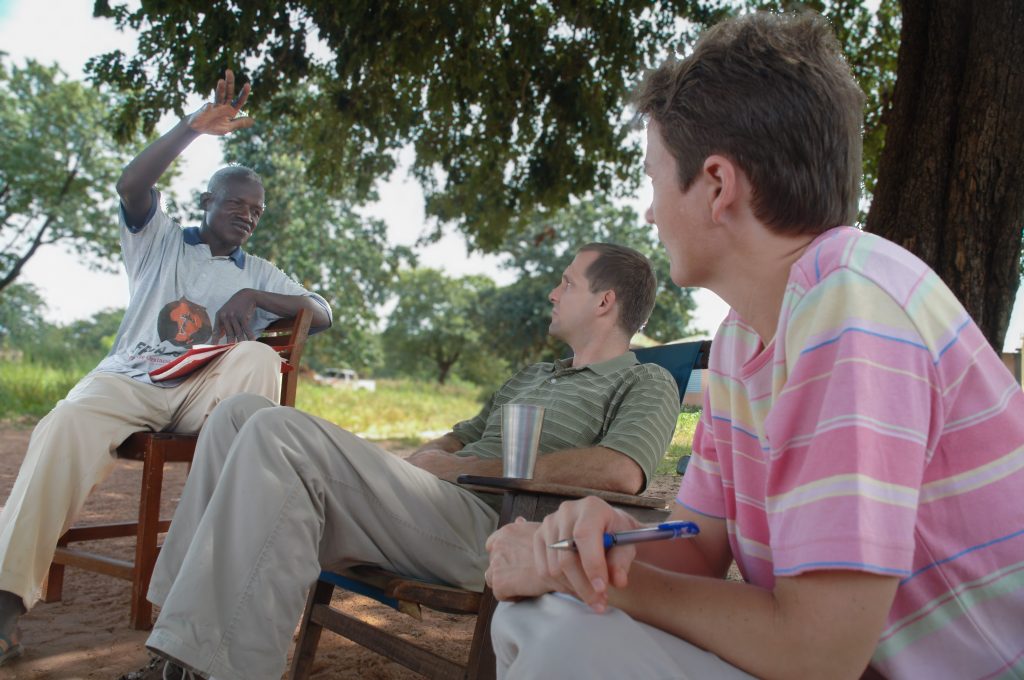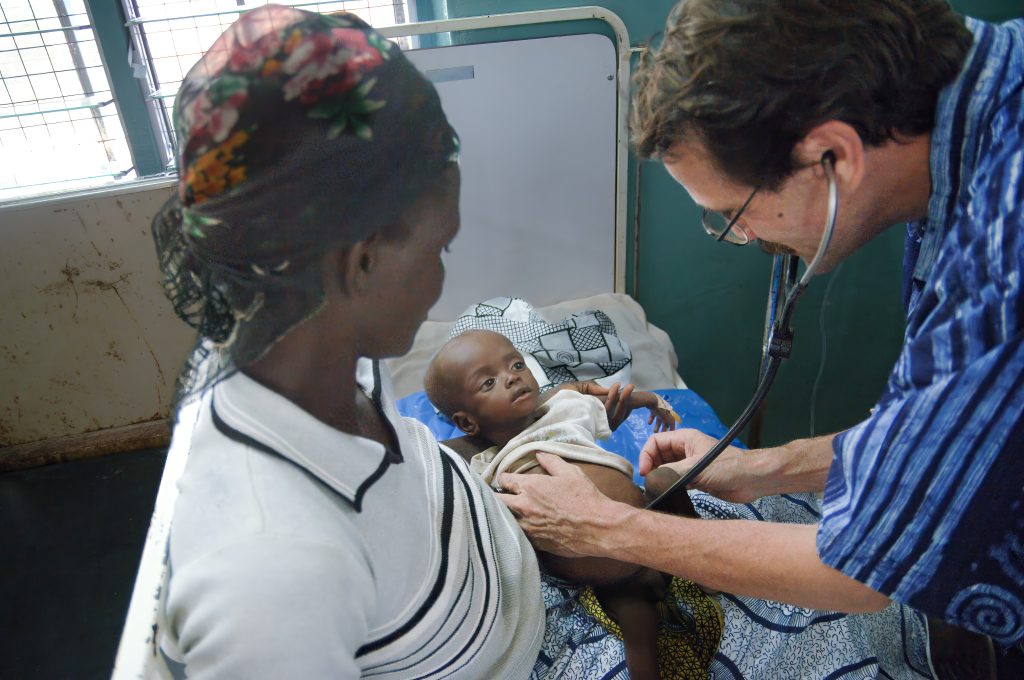Caption: Before Holly Friesen, Family Nurse Practitioner and Director of Ukraine Medical Ministry, can diagnose the situation with this woman’s son, she engages in a thorough questioning process. Ana Calcavura, the translator, plays a crucial role in ensuring that the mother’s concerns and her son’s condition are clearly understood. This scene unfolds in Casa de Cultură, R16-road to the village of Mărăndeni, Mărăndeni, Fălești District, MD-5933, Moldova.
In photography and storytelling, the ability to effectively communicate visuals is paramount. It’s not just about capturing a moment; it’s about conveying emotion, depth, and understanding. As a seasoned instructor and photographer with over 30 years of experience, I’ve come to realize that the key to compelling visual communication lies in two essential elements: building relationships and understanding advocacy.

In a recent workshop, I reiterated the same advice to my students: get physically closer and engage more with your subjects. The photos lacked intimacy, both physically and emotionally. But amidst this challenge, I stumbled upon a phrase encapsulating the essence of effective visual communication: “Talk your way in and then shoot your way out.”
This concept emphasizes the importance of building relationships before capturing images. It’s about putting aside the camera and engaging in genuine conversation with your subjects. Doing so establishes rapport and gains valuable insights into their stories and perspectives.

Before advocating for someone, you’ll need to understand their narrative. This notion of advocacy is not limited to political or policy outcomes but extends to storytelling itself. Whether capturing images for a journalistic report or advocating for a cause through photography, the process begins with getting to know your subject personally.
In journalism, there exists a perceived tension between impartial reporting and advocacy. While some argue for maintaining journalistic integrity, others advocate using media as a platform for societal change. However, regardless of where you stand on this spectrum, the fundamental principle remains the same: understanding and empathy.

As photographers and storytellers, we can amplify voices and illuminate overlooked issues. This is where the concept of constructive journalism comes into play. It’s about highlighting problems and exploring evidence-based solutions and progress.
By embracing the principles of advocacy and constructive journalism, we can elevate our visual storytelling to new heights. It’s more than just capturing images; it’s about creating meaningful connections and advocating for positive change.
So the next time you pick up your camera, remember to “talk your way in and then shoot your way out.” Build relationships, understand your subjects’ narratives, and let your visuals speak volumes. In doing so, you’ll improve your communication of visuals and become a more effective advocate for the stories that matter.

